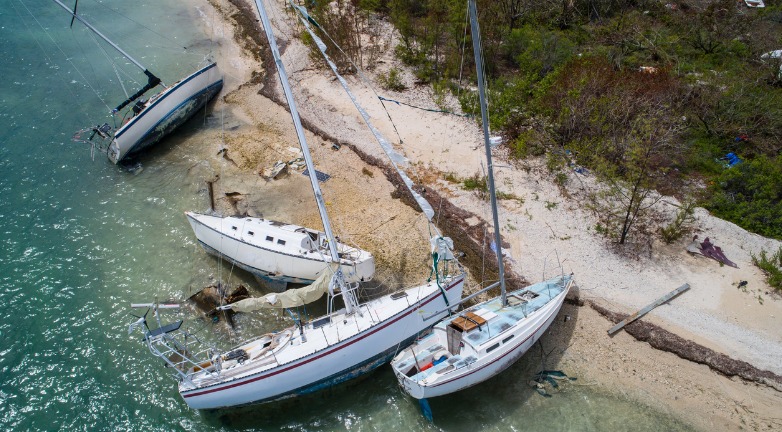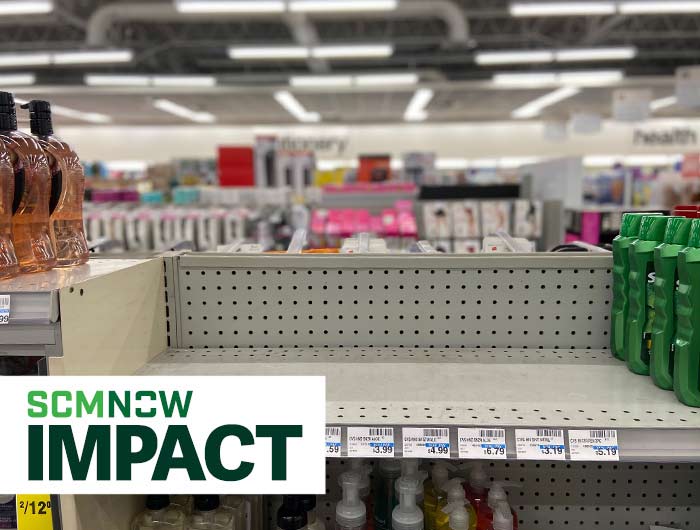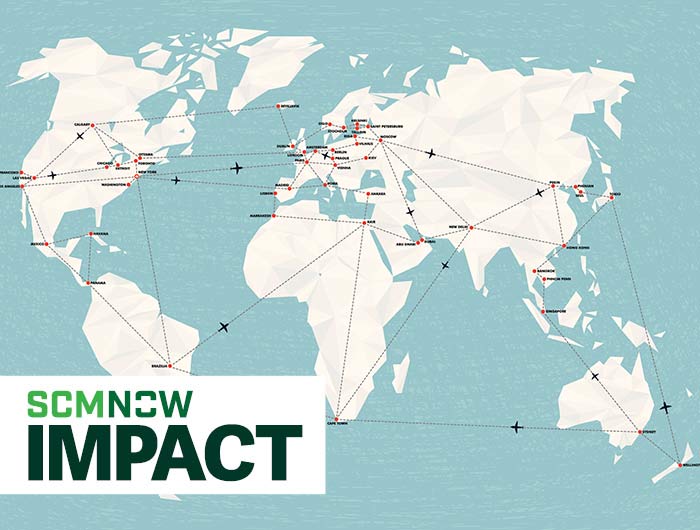Supply chain professionals know that in the medical industry, supply chain performance is critical to the health and wellness of individuals. This week, Wired’s Maryn McKenna uncovered the effects a “long, thin” supply chain has on the medical industry, and how the risk of natural disasters and other supply interruptions can impact patient care in the United States.
Earlier this year, APICS reported on the intravenous fluid (IV) bags shortage in the United States. Demand is especially high because of a severe flu season. However, supply is low because two of Baxter International’s IV bag manufacturing facilities in Puerto Rico were damaged by Hurricane Maria.
IV bags are not the only medical items that are running in short supply. The U.S. Food and Drug Administration maintains a list of drugs that are in short supply in the country. Last week, the list contained 90 items, including antibiotics, anesthetics, compounds to light up veins and organs for imaging, immunosuppressants, sedatives, and tube-feeding solutions. “For every type of medical problem, an important drug is off the market or in short supply — and this is routine,” McKenna writes.
One reason for these shortages is that the United States medical industry has offshored much of its medical supply production — or at least moved it outside of the continental United States. While researching drugs that were often in short supply at the hospitals he worked for in Pennsylvania, Amesh Adalja, an infectious disease physician and a senior scholar at Johns Hopkins University’s Center for Health Security, discovered that most of the drugs he wanted to prescribe were no longer made in the United States. For example, the last U.S. factory that made penicillin closed in 2004.
Now only 10 percent of the generic drugs used in the United States are made within the country, and 80 percent of the active ingredients in American pharmaceuticals come from other countries — mostly India and China. The statistics are similar when it comes to medical supplies. Only 5 percent of the more than 230 million surgical masks and 30 percent of the more than 20 million respirators purchased by the U.S. health care industry each year are made domestically. The rest are mostly sourced from Mexico and China.
The longer a supply chain stretches, the more opportunities there are for disruptions. For example, a hurricane or earthquake could damage the factories of major suppliers, creating supply issues. On top of that, there are transportation risks: a ship carrying medical supplies from China could be damaged or delayed by a typhoon, a plane carrying supplies to or from a European country could be grounded by a volcanic eruption — as was the case in 2010 — or a truck could be robbed of its cargo. Then, there are also political implications to consider. Military conflict or even just political animosity between trading countries could choke the medical supply chain too.
The risk management approach recommended by the experts McKenna interviewed is to fully domesticate medical supply chains. They argue that medicines and medical supplies should be manufactured within a country so that supply disruptions are minimized. This would be a drastic shift from the current medical supply chain landscape.
End-to-end strategy
Because the risks to the medical supply chain are varied, supply chain professionals in this field truly need an end-to-end view of how critical products are made and moved. To ensure supply, professionals must consider the supply chain risk, which the APICS Dictionary defines as, “The variety of possible events and their outcomes that could have a negative effect on the flow of goods, services, funds, or information resulting in some level of quantitative or qualitative loss for the supply chain.
The APICS Certified Supply Chain Professional (CSCP) program can prepare you to tackle these challenges. The APICS CSCP program takes a broad view of operations, extending beyond internal operations to encompass the entire supply chain — from supplier, through the company, to the end consumer. It also provides professionals with the knowledge necessary to understand and manage the integration and coordination of end-to-end supply chain activities. Learn more about the only end-to-end supply chain certification at apics.org/cscp.



